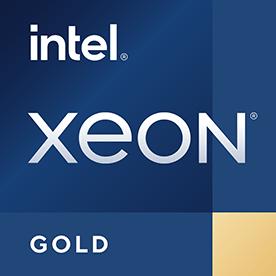 Estimated results for PassMark CPU Mark
Estimated results for PassMark CPU Mark
|
|
Intel Xeon Gold 6226R
16C 32T @ 2.9 GHz
|
27099
|
|
|
Intel Core i7-4860HQ
4C 8T @ 2.4 GHz
|
6236
|
 Geekbench 5, 64bit (Multi-Core)
Geekbench 5, 64bit (Multi-Core)
|
|
Intel Xeon Gold 6226R
16C 32T @ 2.9 GHz
|
13838
|
|
|
Intel Core i7-4860HQ
4C 8T @ 2.4 GHz
|
3375
|
 Geekbench 6 (Multi-Core)
Geekbench 6 (Multi-Core)
|
|
Intel Xeon Gold 6226R
16C 32T @ 2.9 GHz
|
10756
|
|
|
Intel Core i7-4860HQ
4C 8T @ 2.4 GHz
|
3706
|
 Geekbench 6 (Single-Core)
Geekbench 6 (Single-Core)
|
|
Intel Xeon Gold 6226R
16C 32T @ 2.9 GHz
|
1411
|
|
|
Intel Core i7-4860HQ
4C 8T @ 2.4 GHz
|
1022
|
 Geekbench 5, 64bit (Single-Core)
Geekbench 5, 64bit (Single-Core)
|
|
Intel Xeon Gold 6226R
16C 32T @ 2.9 GHz
|
1107
|
|
|
Intel Core i7-4860HQ
4C 8T @ 2.4 GHz
|
842
|

